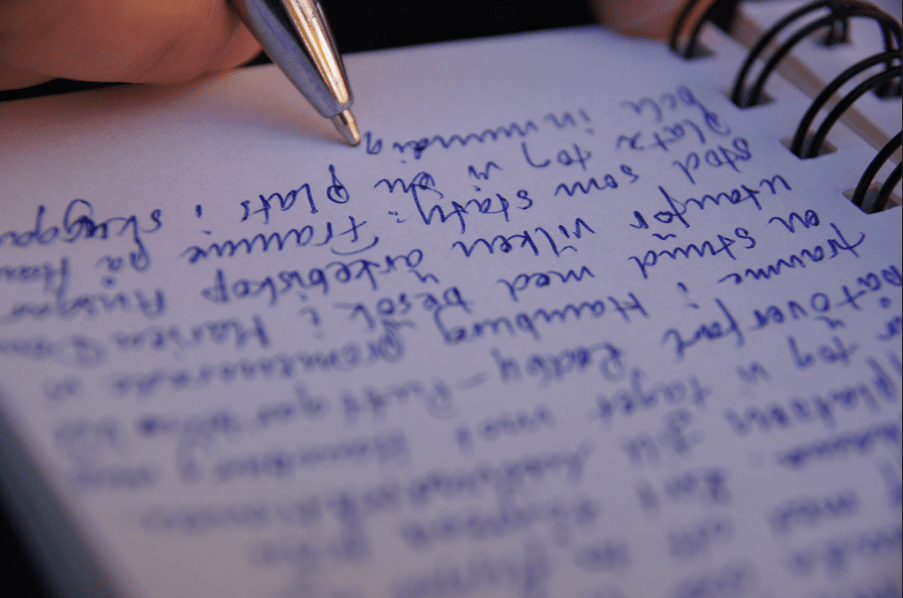NaNoWriMo: My experiences with “the fun, seat of your pants approach to creative writing”.
1st November 2016Even though I describe myself as a writer, procrastinator is probably a more accurate descriptor. I’ve lost count of the number of times I’ve started a story, only to either be distracted by another idea 6000 words in, or become so bogged down in ideas for different ways the story could go that it never gets written. Then I gave NaNoWriMo a try.
For those of you that don’t know, NaNoWriMo is short for National Novel Writing Month. These days, it should probably be called InNoWriMo, seeing as how last year it had 431,626 participants over six continents. Then again, it doesn’t really have the same ring to it, does it?
I first heard of NaNoWriMo through reading fanfiction author’s notes in my first year of university, way back in 2012, but it’s been going far longer than I realised. Starting in 1999, the event became a non-profit organisation in 2005. The concept is pretty simple – to try and write a 50, 000 word novel (or longer) between November 1 and 11:59 pm on November 30.
50 000 words might sound daunting, but broken down over 30 days, the average daily target is 1667 words, which is surprisingly easy to achieve once you have the ball rolling. While I’ve only ever managed NaNoWriMo once, at the end of the November 2014, I’d managed around 50, 573 words. My second draft, which is currently lingering in a drawer in my flat awaiting further editing, sits at around 68, 000.
So ok, it’s still not finished to a level that I’m satisfied with. But considering the only other novel length story I ever finished was around 57, 000 words and took me 18 months to finish, 68, 000 words in 2 months of active writing is still something I’m pretty proud of.
And although NaNo is a pretty simple concept, its website is what makes the challenge seem doable. A mixture of support network and anti-procrastination device, each participant gets their own account, with novel information, a word count graph, a buddy system and access to NaNoWriMo forums.
Not only that, but as geographical regions have their own Liaisons and events, people can meet fellow NaNo writers in the real world, like the Write in Prep session happing at Newcastle Library on October 28.
And anyone that’s willing to give NaNoWriMo a go is in good company – The Night Circus by Erin Morgenstern, Fangirl by Rainbow Rowell and Water For Elelphants were all initially written for NaNoWriMo.
The best thing about NaNoWriMo is that your November attempt doesn’t have to be perfect – it’s about getting words on the page, not writing the next hit novel. The site itself recognises that, describing January and February as the “Now What?” months, and offers help on how to revise your first draft.
Sunderland University’s Creative Writing Lecturer, Sarah Dobbs has herself taken part in NaNoWriMo in the past and she gave me, and any other prospective NaNo participants the following advice:
“One of the worst ailments to afflict all writers is lethargy and procrastination – I’ve been beset by this many times! NaNoWriMo though, can give you the motivation to get the bulk of a draft done and to really push on with an idea that might otherwise gather dust. That amazing novel that’s in your head is no good to anyone if it’s just in your head.
“I would say not to worry too much about reaching the word count though, [but to use NaNoWriMo] as a tool for making you write every day (and to write unchecked so that you do just get on with it) is a very good thing. Good luck to everyone taking part.”
So, if you feel like indulging your creative instincts this November, why not give the “fun, seat-of-your-pants approach to creative writing,” a try?
You can sign up for NaNoWriMo at nanowrimo.org.

